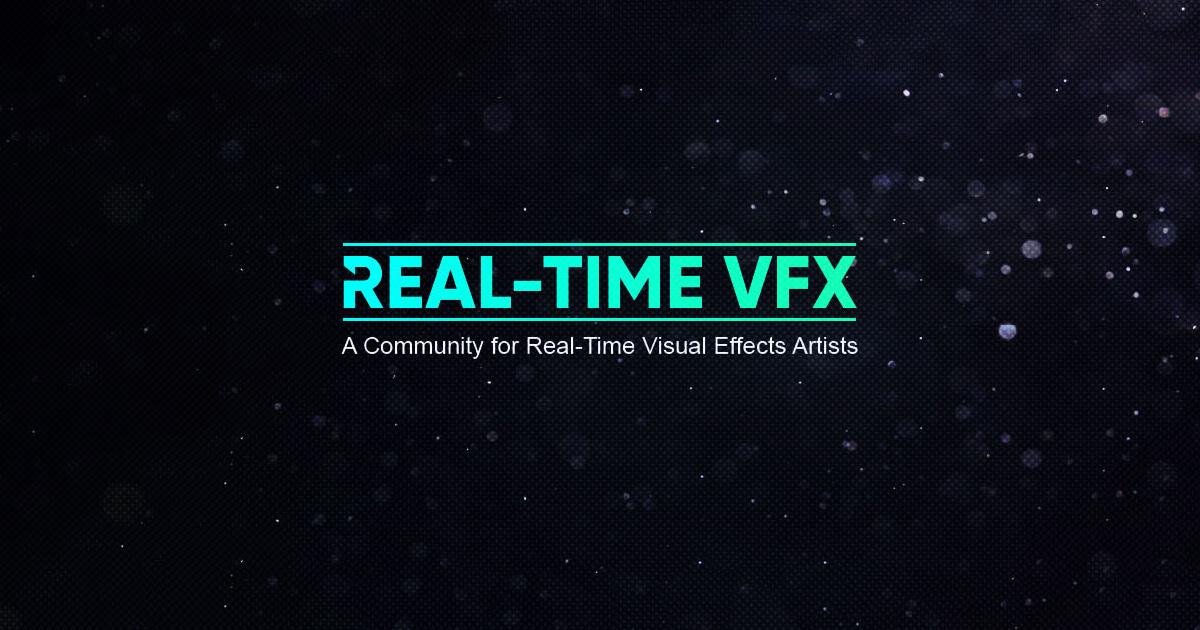
Former 3D Systems medical division VP launches new biotechnology startup
3dprintingindustry.com
Katie Weimer, former Vice President of Regenerative Medicine 3D Systems has launched GenesisTissue Inc., a biotechnology research startup.Founded in 2024, the startup has emerged from stealth mode, specializing in surgical planning, personalized design, and the manufacturing of 3D bioprinted regenerative tissue implants for humans. While limited details are available, Weimer will serve as CEO and Co-Founder of GenesisTissue, leading a team focused on developing biomimetic materials designed to replicate natural human tissue, prioritizing regeneration over repair.Announcing the launch on LinkedIn, Weimer stated, Im grateful for the experiences and growth during my time at 3D Systems Corporation. Looking ahead, Im excited to collaborate, innovate, and shape the future of healthcare with GenesisTissue. Stay tuned!The announcement has drawn industry attention, with Rajeev Kulkarni, CSO of Axtra3D and former VP of Strategy & Corporate Development at 3D Systems, commenting on LinkedIN, Seems like an ideal time for the AM industry to embrace tissue-like solutions designed specifically for healing and restoration and keep the cutting edge moving.Katie Weimer, CEO and Co-Founder of GenesisTissue. Photo via Katie Weimer/LinkedIN.Weimers contributions to medical 3D printingWeimers began her career at Medical Modeling in 2007. After 3D Systems acquired the company, she transitioned into leadership roles, serving as Director of Product Development, later advancing to VP of Medical Devices, and ultimately VP of Regenerative Medicine.During her tenure, 3D Systems saw the launch of the Regenerative Tissue Program (RTP) in 2023, which focuses on developing bioprinted patient-specific soft tissue. She described the initiative as a significant step forward in providing personalized solutions for breast reconstruction.By leveraging 3D modeling, bioprinting, and Virtual Surgical Planning (VSP), the program aims to create bio-integrative scaffolds tailored to individual patients. Weimer also saw potential for expanding this work into applications such as lumpectomies, breast augmentation, and facial implants, highlighting the broader impact of regenerative bioprinting in medicine.One of the groundbreaking cases she worked on was the successful separation of conjoined twins, Jadon and Anias McDonald in 2016. Weimer and her team collaborated closely with surgeons, utilizing medical imaging to create detailed 3D printed models of the twins shared cranial structure.Katie Weimer and Mike Rensberger of 3D Systems hold a 3D printed surgical model used in the operation on conjoined McDonald twins. Photo via CNNThese models were instrumental in pre-surgical planning, allowing the medical team to visualize and strategize the complex procedure. Weimers direct involvement extended to being present in the operating room during the 27-hour surgery, ensuring the accurate application of the 3D printed guides and models, which were critical to the operations success.Moreover, she also contributed to SMEs 2018 report on the expanding role of medical 3D printing. At the time, point-of-care manufacturing was gaining momentum, allowing for faster, more personalized solutions in surgical planning and prosthetics.With that in mind, Weimer highlighted the industrys reliance on industrial prototyping materials and advocated for biomimetic alternatives that better replicated human anatomy. She predicted a shift toward more advanced materials, expecting the evolution of 3D printing to further enhance patient care and solidify its role in medical applications.With GenesisTissue, Weimer is entering a new phase of her career, bringing her expertise in bioprinting and regenerative medicine into a dedicated venture. Further details on the companys development and partnerships are expected as GenesisTissue moves forward.What3D printing trendsshould you watch out for in 2025?How is thefuture of 3D printingshaping up?To stay up to date with the latest 3D printing news, dont forget to subscribe to the 3D Printing Industry newsletter or follow us on Twitter, or like our page on Facebook.While youre here, why not subscribe to our Youtube channel? Featuring discussion, debriefs, video shorts, and webinar replays.Featured image shows Katie Weimer, CEO and Co-Founder of GenesisTissue. Photo via Katie Weimer/LinkedIN.
0 Kommentare
·0 Anteile
·84 Ansichten











